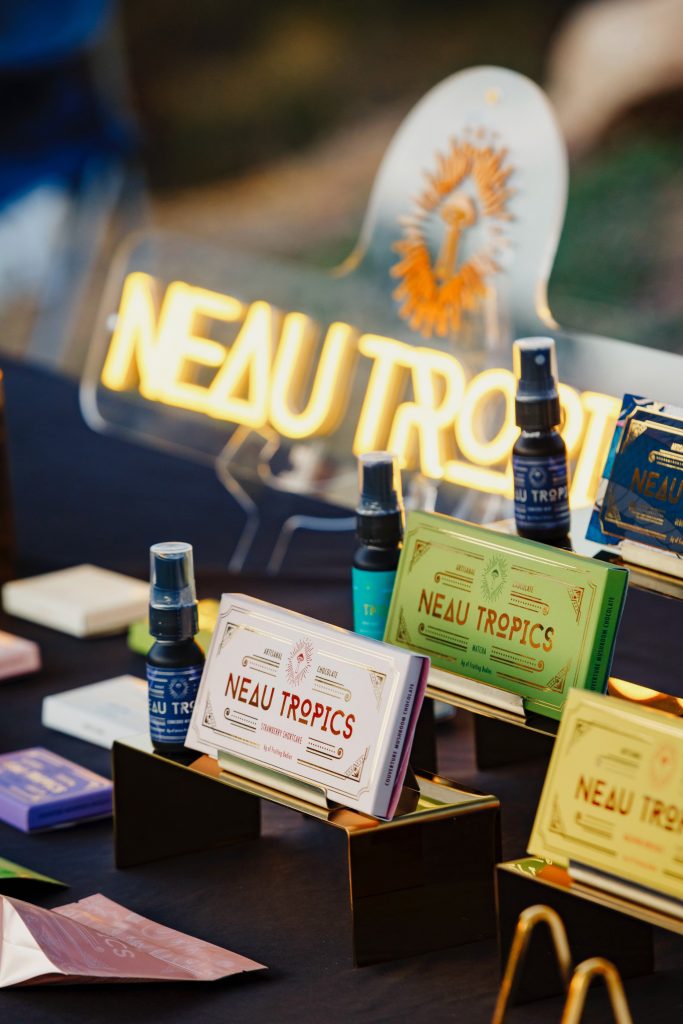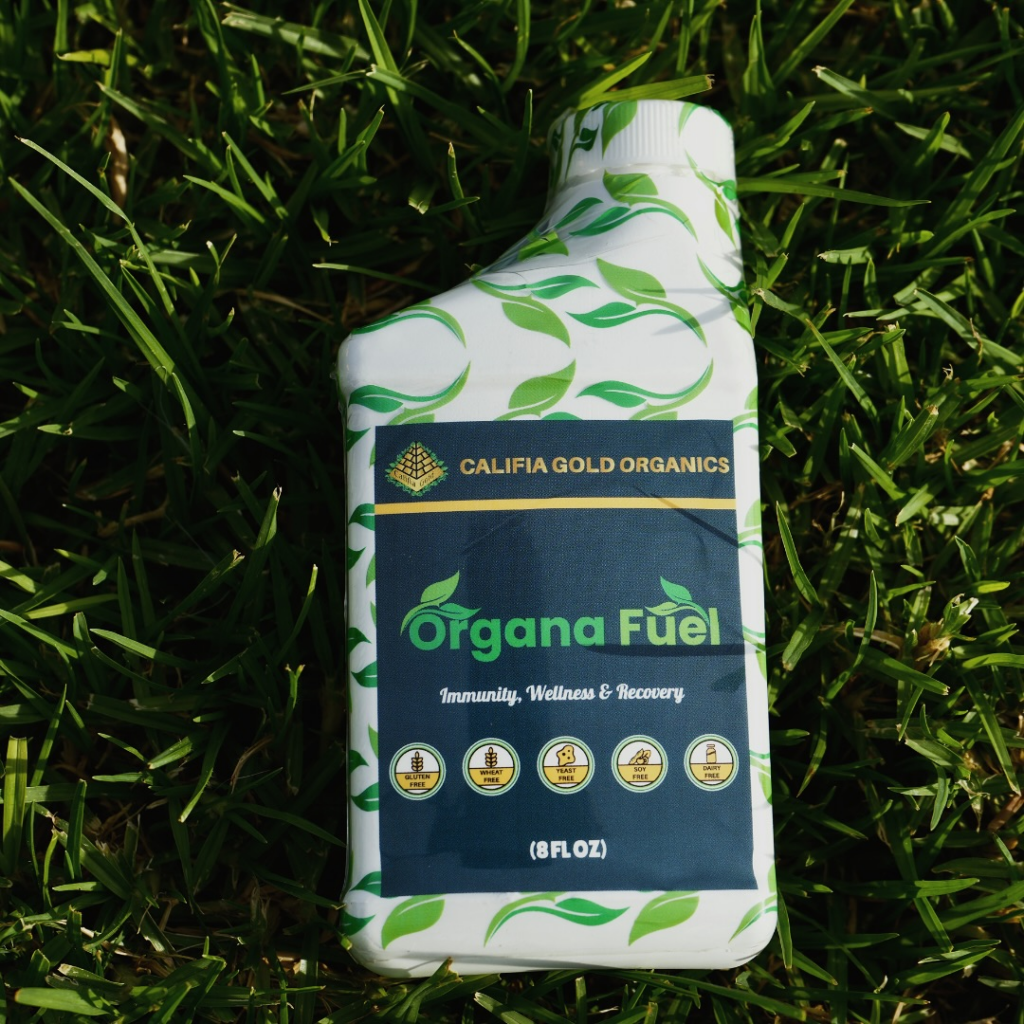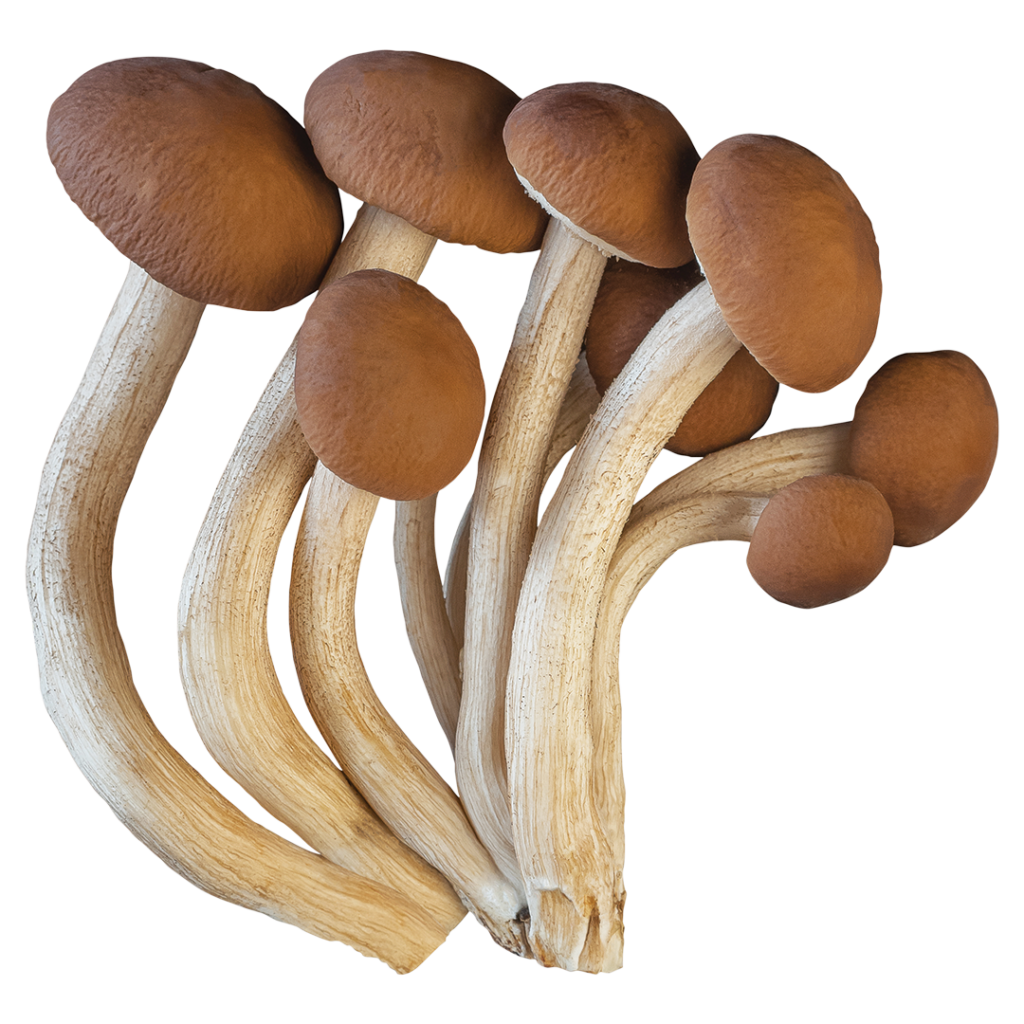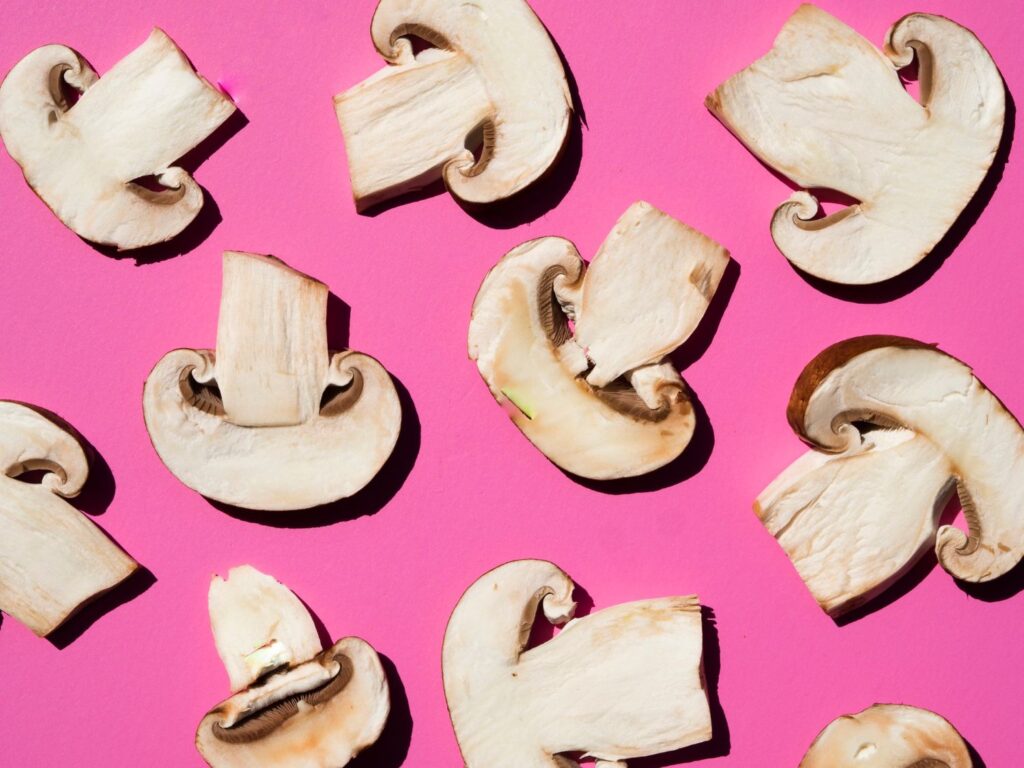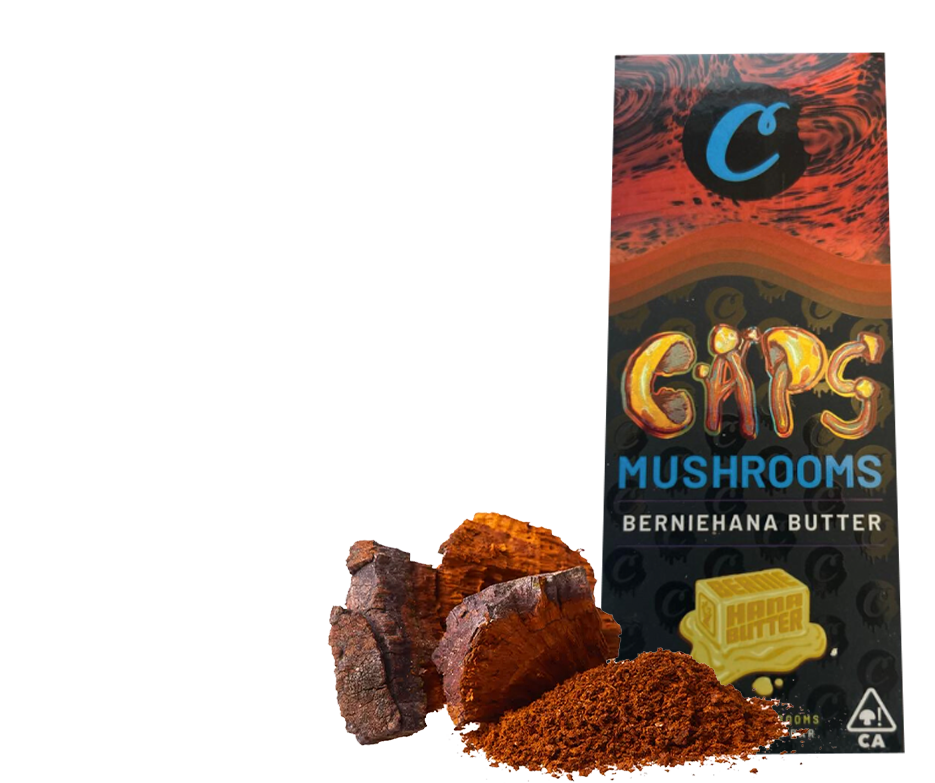Deep in the Amazon rainforest, a delicate yet powerful teacher sways in the breeze, its pink, feather-like blossoms humming with the wisdom of the jungle. Calliandra angustifolia, known as Bobinsana, is a portal to profound emotional healing, expanded dream states, and connection to the natural world. For centuries, Amazonian shamans have revered Bobinsana as a master plant, working with its gentle yet potent medicine to open the heart, process grief, and sharpen intuitive awareness.
Today, Bobinsana is emerging in the global plant medicine movement, captivating herbalists, dream explorers, and psychonauts alike. Its traditional uses—from its anti-inflammatory and immune-boosting properties to its ability to enhance lucid dreaming—are now being embraced beyond the Amazon. Whether infused into tea, taken as a tincture, or used in plant baths for energetic cleansing, Bobinsana invites one to feel, heal, and dream with greater clarity.
What Is Bobinsana?
Bobinsana may look delicate, but don’t let its feathery pink blossoms fool you—this plant carries the deep wisdom of the Amazon. Growing along riverbanks in Peru, Ecuador, Colombia, and Brazil, Bobinsana thrives in the lush humidity of the rainforest. A shrubby tree reaching up to 20 feet tall, it’s instantly recognizable by its vibrant, powder-puff-like flowers, which attract hummingbirds and shimmer like living energy. Botanically, Bobinsana belongs to the Fabaceae family, making it a distant relative of other powerful plant allies like Mimosa and Acacia.
The plant’s unique characteristics go beyond its visual beauty. Its root system is particularly adaptable to riverbank environments, allowing it to withstand seasonal flooding while maintaining its healing properties. The bark, leaves, and roots each contain distinct medicinal compounds that contribute to its therapeutic effects.
Indigenous Names and Cultural Significance
Known by various names such as bubinsana (Shipibo-Conibo), yaku yura (Quechua), and balata (Matsés), this sacred plant has been used for centuries in healing ceremonies and shamanic dietas. In indigenous cosmology, Bobinsana is considered a bridge between the physical and spiritual worlds, offering teachings through both its physical medicine and dream-enhancing properties. Many tribes view it as a guardian spirit that helps maintain harmony between humans and nature.

Traditional Uses in Indigenous Medicine
In Amazonian healing traditions, Bobinsana is included in shamanic dietas where individuals consume specific plants to learn from their spirits and absorb their healing properties. Shamans and apprentices drink Bobinsana over extended periods, sometimes in isolation, to cultivate greater emotional resilience, intuition, and connection to nature. The plant gently opens the heart, releases deep-seated grief, and awakens compassion, making it a powerful ally for those processing trauma or seeking personal transformation.
The dieta process with Bobinsana typically involves specific dietary restrictions and periods of social isolation, allowing deeper communion with the plant’s spirit. During these times, practitioners often report increased sensitivity to natural energies, enhanced dream states, and profound emotional insights.
Bobinsana is believed to strengthen energetic sensitivity, helping shamans tune into the vibrational fields of plants, people, and the environment. It’s often worked with before and after ayahuasca ceremonies, enhancing one’s ability to integrate visions, messages, and spiritual insights. This synergistic relationship with other plant medicines makes it a valuable tool in the shamanic toolkit.
Common Preparations and Administration
Traditional preparation methods have been refined over generations to maximize Bobinsana’s healing potential:
Tea (Infusions & Decoctions):
- For emotional healing and dreamwork: Bark and leaves are simmered for 20-30 minutes
- For immune support: Longer decoctions of root material, often combined with other herbs
- Best consumed before bed to enhance dream experiences
- Can be sweetened with honey or combined with cacao for enhanced heart-opening effects
Tinctures & Extracts:
- Alcohol-based extracts preserve Bobinsana’s properties for long-term use
- Offer convenient daily dosing for emotional and energetic support
- Can be combined with other plant allies for synergistic effects
- Particularly useful for microdosing protocols
Plant Baths:
- Traditional cleansing rituals using Bobinsana-infused water
- Leaves and bark are soaked to create purifying baths
- Used for removing negative energy and strengthening spiritual protection
- Often combined with prayers, songs, or intentions
Health Benefits and Medicinal Properties
Bobinsana offers a plethora of benefits for the body, mind, and spirit.
Physical Healing Properties
Bobinsana’s traditional use begins with its powerful anti-inflammatory properties, offering relief for:
- Arthritis and joint pain
- Muscle inflammation and soreness
- Autoimmune conditions
- General body aches and stiffness
The plant acts as a natural immune booster, helping fight:
- Common colds and flu
- Recurring infections
- Fever and associated symptoms
- General immune system weakness
As a diuretic, it promotes:
- Kidney and liver detoxification
- Healthy fluid balance
- Reduced water retention
- Overall systemic cleansing
Emotional and Psychological Benefits
As a heart-opening plant, Bobinsana provides gentle but powerful support for:
- Processing deep grief and loss
- Healing emotional trauma
- Overcoming heartbreak
- Building emotional resilience
- Developing self-love and compassion
- Releasing old emotional patterns
- Enhancing emotional intelligence
- Improving relationship dynamics
Unlike some plant medicines that can be overwhelming, Bobinsana works gently yet persistently, creating lasting emotional transformation through consistent use.
Spiritual and Energetic Properties
Bobinsana’s connection to the dream world manifests in several ways:
- Enhanced lucid dreaming abilities
- Improved dream recall and clarity
- Access to prophetic or guidance dreams
- Deeper understanding of dream symbolism
- Increased spiritual awareness during sleep states
The plant also strengthens:
- Natural intuition and psychic abilities
- Connection to nature spirits and plant intelligence
- Energy field sensitivity and protection
- Spiritual discernment and wisdom
- Ability to read and understand subtle energies

Working with Bobinsana
Before you embark on a journey with Bobinsana, it’s important to understand dosage and safety considerations. Always adjust for your body and discuss with a practitioner if you have any questions or concerns.
Dosage Guidelines
Precise dosing depends on individual sensitivity and intended use:
Tea:
- 1-2 teaspoons dried material per 16 oz water
- Simmer 20-30 minutes covered
- Drink 1-2 cups daily
- Best consumed on an empty stomach
Tincture:
- 10-20 drops under tongue or in water
- Up to twice daily
- Start with lower doses and increase gradually
- Can be taken with meals or between them
Microdosing:
- A few drops of tincture or half cup of light tea daily
- Maintain for 2-4 weeks for cumulative effects
- Take breaks between cycles
- Monitor dreams and emotional states
Safety Considerations
Important precautions for working with Bobinsana:
Contraindications:
- Pregnancy and breastfeeding (may stimulate menstruation)
- Severe autoimmune conditions
- Certain psychiatric medications
- Blood pressure medications
Preparation guidelines:
- Source from reputable suppliers
- Store properly to maintain potency
- Use clean preparation methods
- Follow traditional protocols when possible
Plant Medicine Integration
While Bobinsana can be safely combined with other plant medicines, it’s important to understand its interactions. Unlike Banisteriopsis caapi, Bobinsana is not an MAOI, which makes it more versatile in combination with other plants. Though it can enhance other plant medicine experiences, practitioners should exercise caution when combining it with strong psychedelics.
Many shamans recommend allowing adequate time for integration between different plant works to fully process and incorporate the teachings of each medicine. This measured approach helps ensure both safety and maximum benefit from each plant ally.

Sustainability and Modern Usage
As interest in plant medicine grows, protecting Bobinsana’s future becomes increasingly important. Ethical sourcing practices are fundamental to this preservation effort. Those seeking to work with Bobinsana should choose suppliers who maintain direct partnerships with indigenous communities and demonstrate commitment to sustainable harvesting practices. It’s crucial to verify the authenticity and quality of the plant material, and when possible, seek out fair trade certified products that ensure equitable compensation for Indigenous producers.
Environmental impact considerations must also guide our relationship with this sacred plant. Supporting habitat preservation in the Amazon is essential for Bobinsana’s survival, as is choosing cultivated sources over wild-harvested materials whenever possible. Wild harvesting should be minimized to protect natural populations, and local growing projects should be encouraged to reduce pressure on wild stands while maintaining genetic diversity.
Cultural preservation goes hand in hand with environmental stewardship. This means respecting and preserving traditional knowledge and practices surrounding Bobinsana’s use, actively supporting indigenous rights and land protection efforts, and learning directly from traditional healers when possible. It’s vital that the benefits of Bobinsana’s increasing popularity flow back to the source communities who have stewarded this plant medicine for generations.
A Final Word
Bobinsana offers a unique blend of physical healing, emotional support, and spiritual connection. Its gentle yet profound effects make it an ideal ally for those seeking heart-centered transformation and deeper self-awareness. Whether exploring it through tea, tinctures, or dreamwork, approach Bobinsana with reverence and intention.
Through mindful engagement with this sacred plant teacher, we can help preserve both its ecological future and its traditional legacy while benefiting from its remarkable healing properties.




